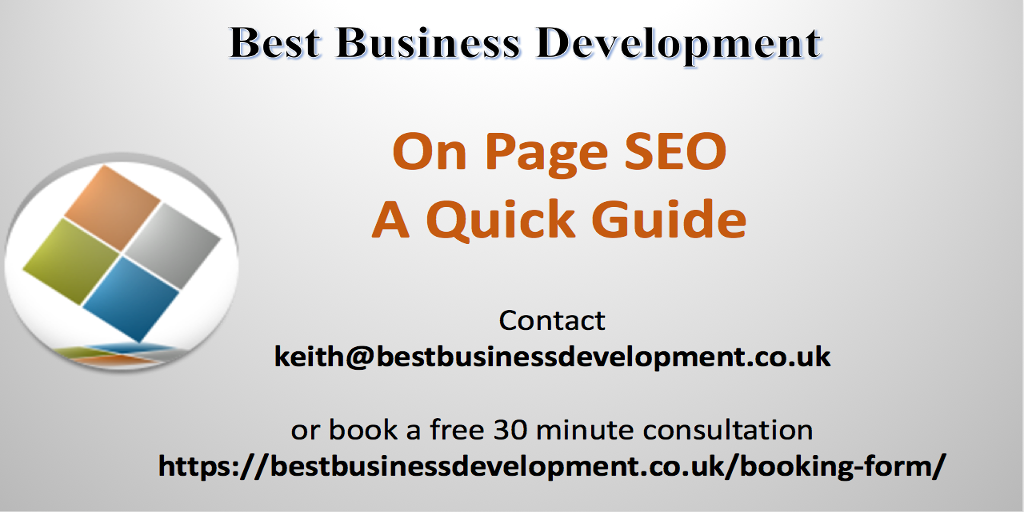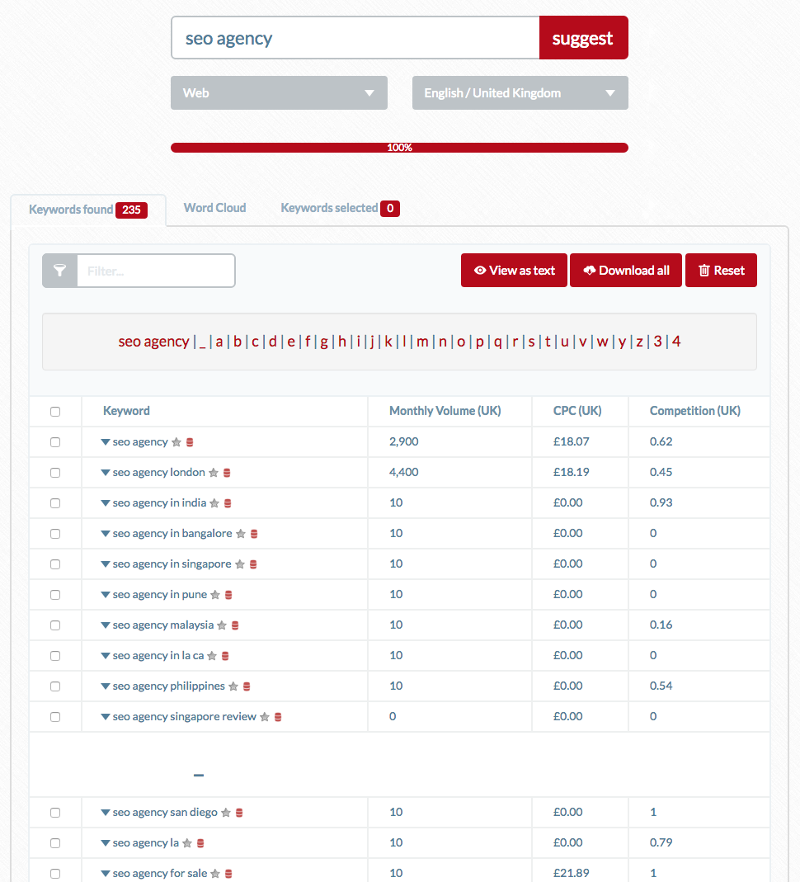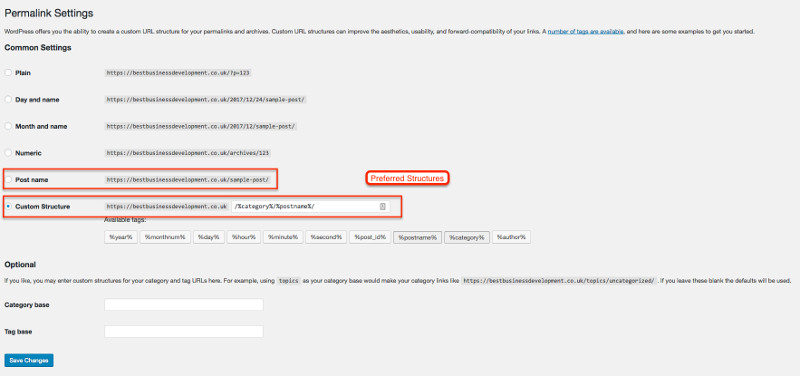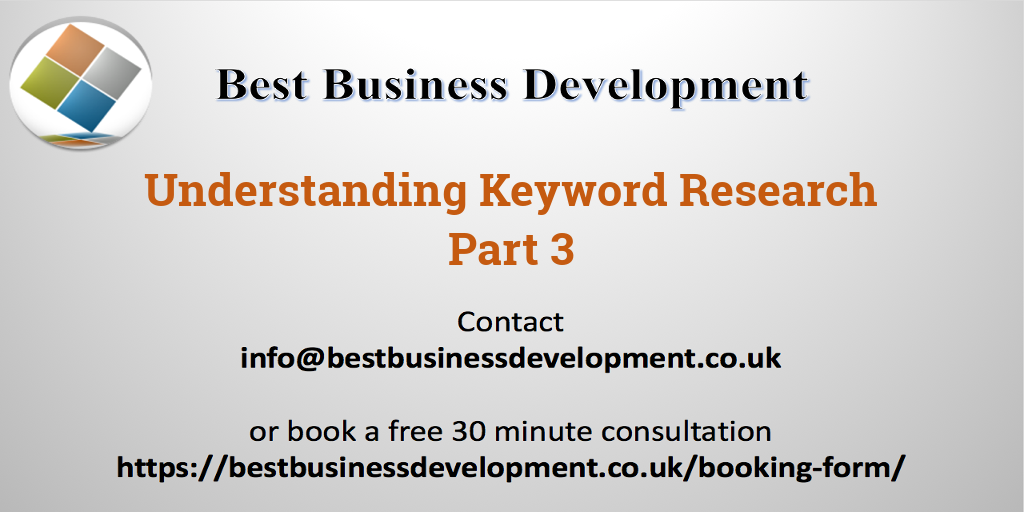
If you are wanting to get your website to the top of the search engines the one of the top priorities in your SEO strategy must be on page SEO. Most people will try to avoid it as they find it complicated and confusing and so are unsure of how to go about it.
The whole process of SEO, trying to get your site onto page one of the search results, is a very demanding process. Google have admitted that there are at least 200 factors that their algorithms take into consideration when deciding on which order the web sites are shown in. So it is easy to get off track when you have so many factors to consider when you are building your site.
At one time getting backlinks to your site is was considered to be one of the most important factors when it came to SEO, but things have changed. Backlinks are still very important as part of your ranking strategy but its quality and not quantity that counts. Google sees a backlink from another website to your site as a thumbs up, but only if the link is coming from a site that is relevant and and its a site that Google already trusts. The more relevance and trust the link has the more power it will pass to your site and help boost you in the rankings.
Back linking has been, and will continue to be an SEO standard for many years. But Google's algorithms have become a lot smarter now and they are able to read what is written on the page and get an idea about what the content is about. Searchers using the internet have also become smarter, and as there is so much more information out there, they can choose to be picky on what they decide to look at. Which means that even if you've been able to get awesome backlinks and got your site onto page one, if your content is irrelevant or garbage then your visitors are just going to hit the back button.
So as I said SEO has changed and in my mind it has changed for the better. Its not now about who can get the most backlinks and stuff the most keywords on a page, its about which website provides the most valuable content to its visitors. So in todays SEO you have to write content for both the human reader and the Google bots.
In this post I am going to cover some of what I consider to be the top factors you should be considering when you are writing an article for your website. If you are wanting to get it onto page one that is. In a previous post I cover the 12 Local SEO Website Optimisations which alongside good On Page SEO will supercharge you local business website.
[cp_popup display="inline" style_id="1539" step_id = 1][/cp_popup]
What we will cover includes
- On Page SEO - What Is It?
- Keyword Research - The Key To Good On Page SEO
- Best On Page SEO Practices
- In Summary
On Page SEO - What Is It?
In a nutshell on page SEO is the way analysing and optimising the content on your website to potentially improve your position in the search engines. As I mentioned above, there are over 200 factors that you should be thinking about when you are starting an SEO campaign for your website. To make things simpler we can break these factors down into two main categories:
- Off Page SEO - Factors which are not on your website and cannot be manipulated very easily. For example link building.
- On Page SEO - As you own the site you have total control over these factors. You control what goes on the page, the number of images etc.
Keyword Research - The Key To Good On Page SEO
Your main goal when creating content for your website must be to create compelling content that your visitors are looking for and that once they have read it they will want to share it with their friends and colleagues.
So you first step on this journey must be to determine what are your target audience looking for, what are the phrases they type into Google when looking for your products or services. To do this we use keyword research. The term keywords is simply used to describe the phrases that searchers will type, or now even speak, in to the search engines when they are looking for something.
There are a number of tools, some free and some paid, that will help you to determine the keywords that your potential visitors are using, and therefore the keywords that you want to be targeting with your content.
To start with you can use Google Keyword Planner. The keyword planner is designed for people who use the Google Adwords platform, but it is still a good tool to use to get keyword ideas, plus it is free. You will need a Gmail account and you will have to create an Adwords account, but you do not need to run any ads.

There are a number of options that you can use to find good keywords to target. The one most people use is to simply enter your topics main keyword and then see what Google comes back with. The list of keywords that Google comes back with are all the keywords that Google considers to be related to the initial keyword you entered. Once you have this list then you can apply different search filters, to come up with some targeted keyword ideas. Another option I like to use is the Ad group ideas tab. In this tab Google further groups keywords by relevance to each other, using each of the keywords in the group will ad relevance to your post.
If you would like a different look at things then there are a number of other free tools you can try, but a free one I like is Ubersuggest. Ubersuggest helps you to dig deeper on your keywords and find other keywords that you will not normally find on the keyword planner.

When deciding on the keywords to target, you need to think about what is the main aim of the post. Is it to sell something or is it to simply bring traffic to your site? Depending on the answer to that question will depend on the type of keyword you target, this is where your brain comes into play and considering is it a buyer keyword or an informational keyword. You also want to consider the average monthly searches for the keyword. If you are not running any Adwords campaigns then the search volume that Google will show you will be in ranges. But to be honest that does not matter as Google doesn't give you the right search volume even if you are running Ads. Obviously you want to be targeting keywords related to your product or service that people are searching for often.
Your main keywords want to be those that have roundabout 1,000 monthly searches, but don't be put off targeting some of the smaller ones as well. When you target keywords that have a high number of searches per month, you do increase the chances of getting more traffic to your website, but the competition for these keywords will be tough, because thats what everybody goes after. Targeting the smaller keywords are a lot easier to rank for and they can bring you some traffic to your site, and if you have good content on then people will share it and help your bigger keywords to rank.
Best On Page SEO Practices
Now you have your list of keywords that you want to target you can pick a main keyword and then focus your content around that keyword. Keeping your content focused on a single topic helps Google to determine the relevancy of your site to what the searcher is looking for.
So now it is down to writing the content for your site and implementing the relevant on page SEO practices as you go. By following the guidelines below your site will get indexed by Google faster and have a much better chance of ranking higher in the search results. But remember we need to be writing our articles for humans and not just the Google bots, so following the guidelines will also help you to build a much better user experience for your visitors.
Have Your Keyword In The URL
The first thing that the Google bots read on your article is its URL. So what could be a better way of telling Google what your content is all about than through its URL?
Google also puts a lot of value on whats in the URL because out of all the things on page your URL is the one that is unlikely to be changed frequently.
To set this up you will need to be able to edit the URLs of your sites pages. If you are on WordPress then it is fairly straight forward to change the structure of the URL. By default, Wordpress is set to use the plain URL, i.e. https://bestbusinessdevelopment.co.uk/?p=123. To change how the URL is structured, from the sidebar menu select Settings -> Permalinks. On the Permalinks page you can choose any of the options that includes the post name as part of the URL. Depending on the type of site I will use either of the structures highlighted.

After you have updated the permalink settings, and are editing a post or a page you can then change the end of the permalink so that it includes the keyword in the URL.
It is also a good idea to try and keep your URLs nice and short, so that people can remember them easier and are able to simply type the url into the address bar of their browser.
Have Your Keyword In The Title
Just like having the keyword in your URL, having it in the title also helps to tell Google what the content on your page is about. You have to try and create as compelling a headline as possible. Just like the headline on a Newspaper, it has to draw your audience in and make them want to click through from the search result page to read your article. Where possible you should aim to include your keyword within the first 3 words of the title. If this is not possible, it makes the title seem spammy or just not read right, then play with your title and aim to get the keyword within the first 60 characters of the title.
Use Video And Graphics
We all take in information in different way. Some people love reading, others prefer videos and others prefer infographics. As you can't determine who is coming to your site the you have to cater for everyone and not just the readers. Google is all for websites creating a better user experience. If your blog post is just all text then a lot of people will simply bounce off your site and go to the next site. Google looks on this a negative vote for your site, so if lots of people do it then your first page position won't last long. User engagement, how users react with your site, user retention, how long users stay on your site are two of Googles ranking factors. They understand that visitors will only stay on the site if it has good content.
Therefore, when you are writing your article you need to include some visual content as well, images, infographics and videos. Good visual content helps with your user retention and can make it easier for some visitors to understand what you are saying.
Images can also help to optimise your site for your keywords, as you can include them in the image alt tags. Don't be spammy with this and put the same keyword in each image alt tag, but remember the Ad groups from the keyword planner, you could use a different one for each image, also try to put it in a sentence to give a little description of what the image is about.
Check Your Speed
If your website is running slow then the chances are that your visitors are not going to wait, they are going to hit the back button and go to your competitor. This is especially true on mobile devices, you have probably done it yourself. You can test your site and see just how fast it loads by using a couple of online tools. The first one is Googles own Mobile Site Speed Test Tool. After you have entered your URL this will test how fast it will load over a 3G network. Another good tool for testing your site speed is pingdom.com This will give you your score and then show you what is slowing your site down.

There are a number of things that will slow your site down but one of the main culprits I find regularly, is over sized images. A lot of people will just upload images onto their site as they are and not think to shrink them to fit where they are to be displayed. If you have used a web developer to build your site then hand him the report from Google and get him to sort the issues.
Use Related Keywords In Subheadings
The majority of CMS systems like Wordpress will automatically wrap the titles of pages and posts in the H1 tags, which, as I mentioned above should have your main keyword in. As you are writing your content, you want to be using the H2, H3 H4 etc tags to split your content into different sections. This helps to organise the structure and make your content more readable for the visitor, but it also helps the Google bots get a better understanding of what your content is about.
Depending on how many words you have on your page and how many sections it is split into you don't want to have your main keyword in too many times. If you have 500 words or less then don't put it in at all. If you have 1000+ words then you only want to put your main keyword in 1 or at the most 2 of these headings. Use your related keywords that you found when you were doing your keyword research.
If Google finds your main keyword repeated over and over again it can give you a penalty, but if you have related keywords in the headings then that simply helps to reinforce to Google that the content of your article is relevant to your main keyword and the related keywords, which can get your website onto page one for the related terms as well as your main keyword.
Use Your Keyword Within The First Paragraph
As you are creating the introduction to your content, where possible have the first sentence contain your keyword. It must fit in naturally, and not make the sentence read wrong. If you can not get it in the first sentence then you should get it somewhere in the first 100 words.
When writing for both the search engine bots and visitors to your site you have to become very good at finding ways to fit your keywords into the text as naturally as possible, so your visitors will still enjoy reading your content.
Link To Relevant Authority Sites
As you are writing your content, the chances are that you will be mentioning topics that are either beyond the scope of the article you are writing, or trying to explain them would take away from the main focus of your article. In this case you could simply add a link in your article to another relevant article covering the topic. This does not always have to be an article on a different site, an outbound link. If you have already written an article on the topic previously then you can add a link over to your article, an inbound link. Creating an inbound link is better than an outbound link in two respects. The first one is pretty obvious, they keep visitors on your site, but also you are getting interaction on your site, and they add more relevance to your site for your main keyword, because now Google sees you have two or more posts relevant to the keyword.
Don't Forget To Share
Currently there's a bit of a debate going on as to whether Google takes shares on social media into consideration as part of its ranking algorithm. Google themselves have stated on a number of occasions that shares on social media such as Facebook and Twitter don't have any influence on the search engine ranking factors. However, even if Google does not rate the social shares, it does rate one thing that the social shares will bring and that is visitors. If somebody shared your post then there is a big likely hood that at least one or two of their friends will see it and quite possibly come and take a read, and then they share it to all of their friends and the circle begins again. Also if your article has a number of likes, plus ones and retweets, then people will more than likely read it as in their mind it has already been "approved" by the other readers. We always like reassurance from our peers, which is why we check out reviews before we try somewhere new.
To get your visitors to share your article then you have to make it as easy as possible for them to do it. Wordpress users can choose from a vast array of plugins that will install social share buttons of all shapes and sizes. Non WordPress users can still join in by using tools such as AddtoAny, Po.st or Sumo.
Write Content Visitors Will Want To Read
You will here all of the time that content is king, which could lead you to think that, just having an article with 1000+ words in means it should be easier to rank it.
However, that is definitely not always the case.
Can I Rank conducted a study that shows that the length of content had little effect on search engine rankings. Although looking at the graphs would seem to suggest that longer content does rank better, as they pointed out, there are a lot more variables to consider, such as time on site, interaction etc.
Why not instead of worrying about how many words you need to write, concentrate on what you are going to write and make it informative and useful to your visitors. If you focus on writing for your visitors and producing high quality content that gives value, people are going to want to share it, then you are going to get the social signals, the time on site and the interaction to help your site move up the rankings.
In Summary
As the search engines like Google become smarter and are better able to understand the written word, and visitors are becoming more used to reading well written content, you can no longer get away with writing a keyword stuffed article that reads like a 5 year old wrote it. Writing a useful article which focuses on a specific keyword or group of keywords, and following the practices I have mentioned above should become your norm. This will not only increase the engagement of your visitors but you will also look good to the Google algorithm.



